Later the city fell into the hands of the Romans. Now, some ruins remain and are part of the UNESCO world heritage site. Here are some of the most well-preserved sites:
The Antonine Bath: It used to be one of the biggest public baths in the Roman Empire, today you can only see the ground floor but it used to have two more stories.
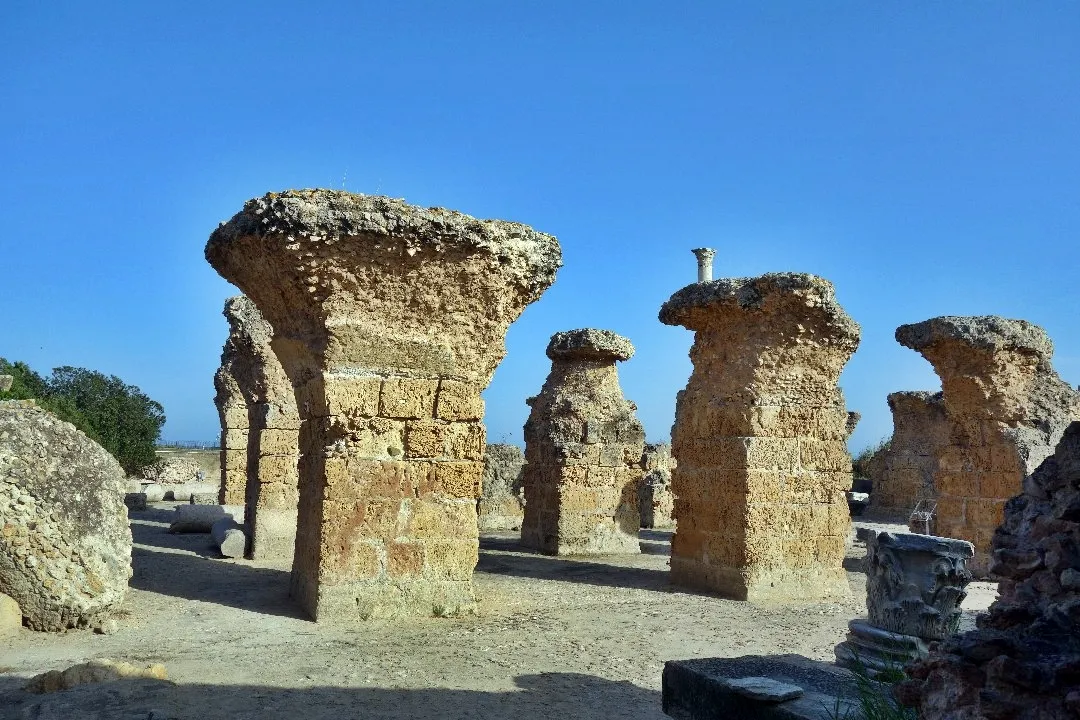

The Byrsa Quarter: The only buildings left from Hannibal's time.
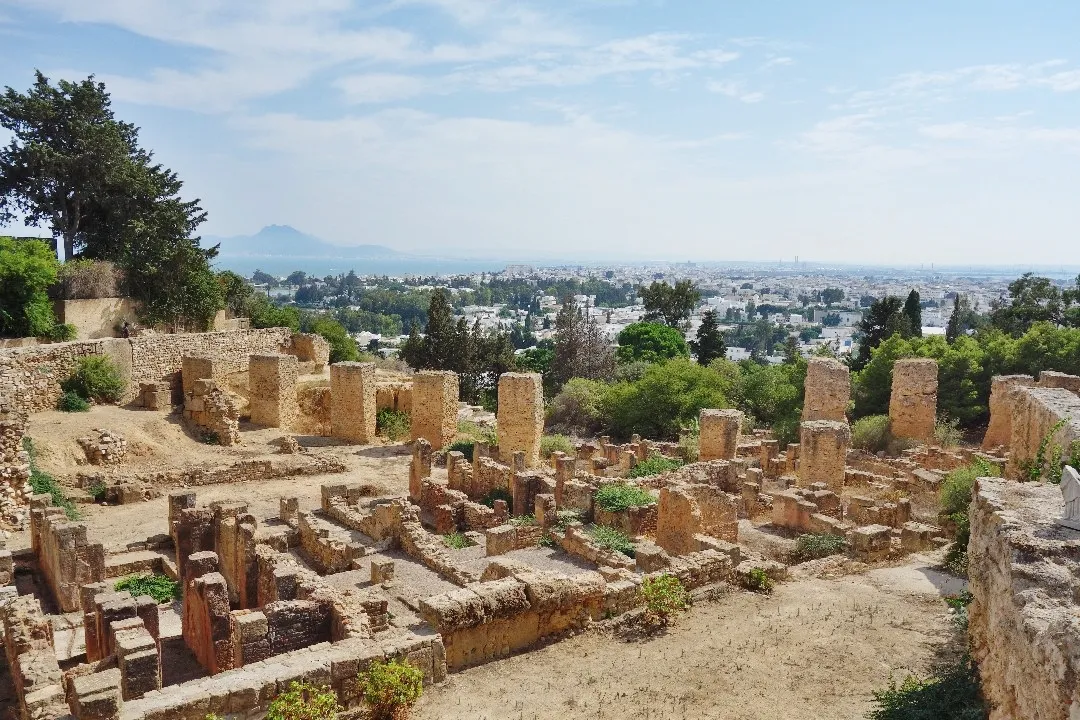
Next to the Byrsa quarter, you can also visit the archaeological museum, full of artifacts found in Carthage.
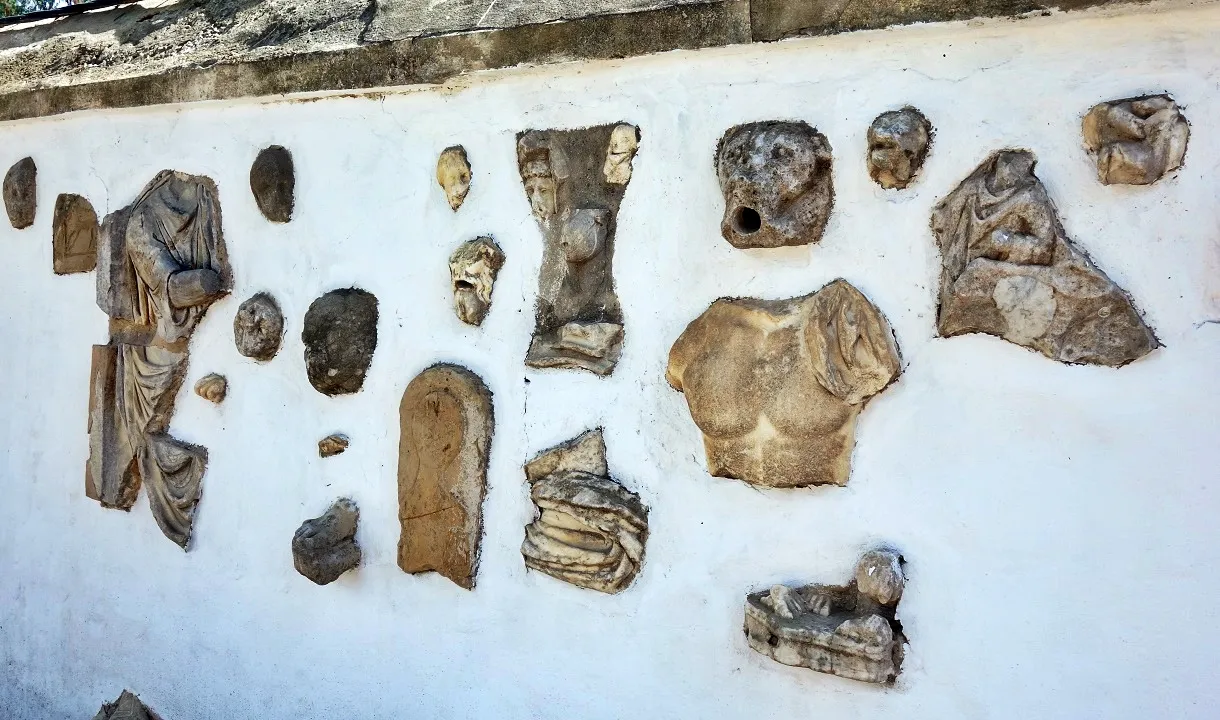
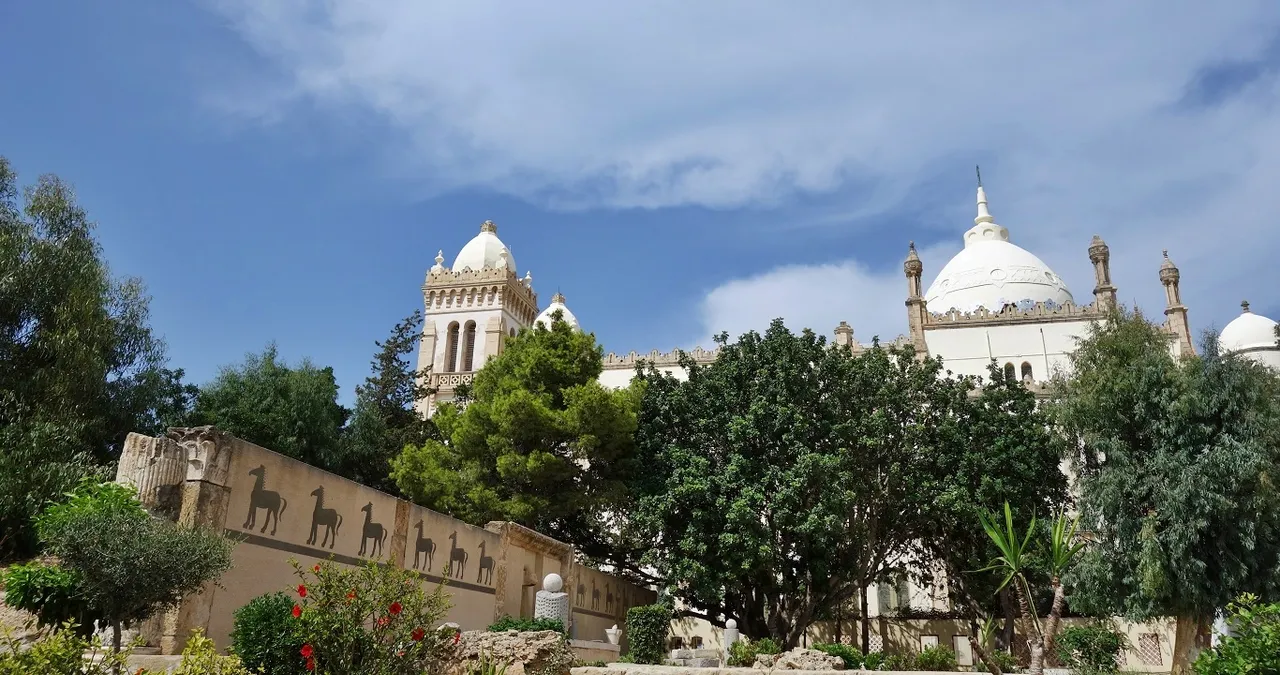
Next to the museum, you'll find the Acropolium, also known as the Saint Louis Cathedral. More recent, it's still worth a look.
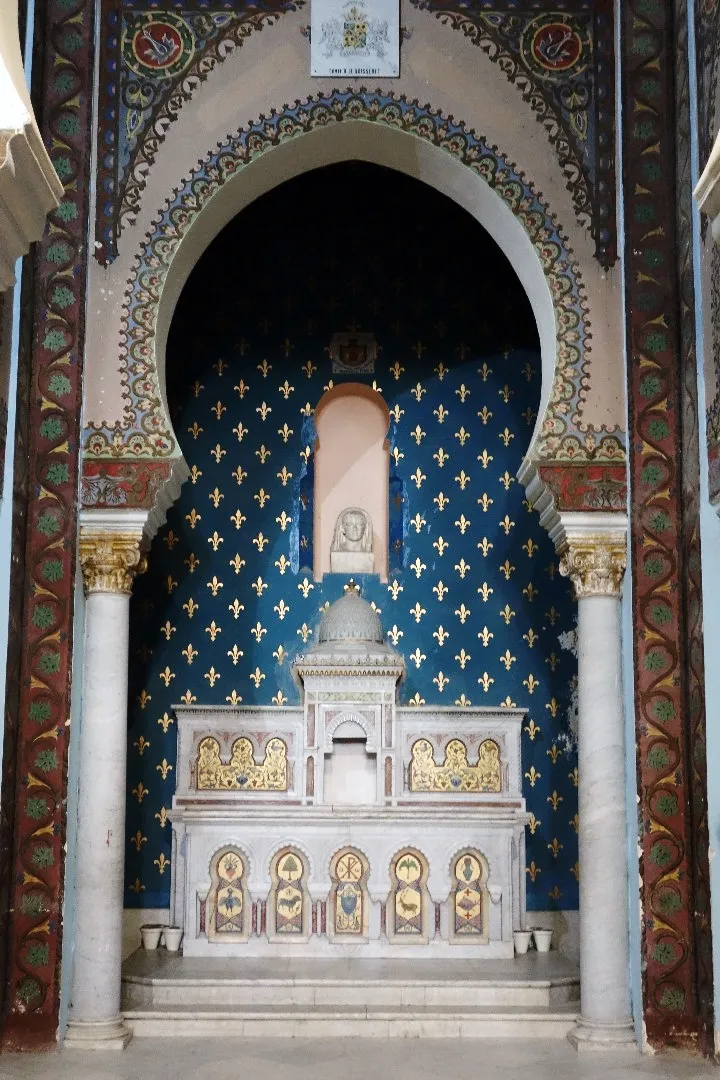
The Roman Villas: A whole neighborhood has been restored, some of the villas are really well preserved, don't miss the mosaics.

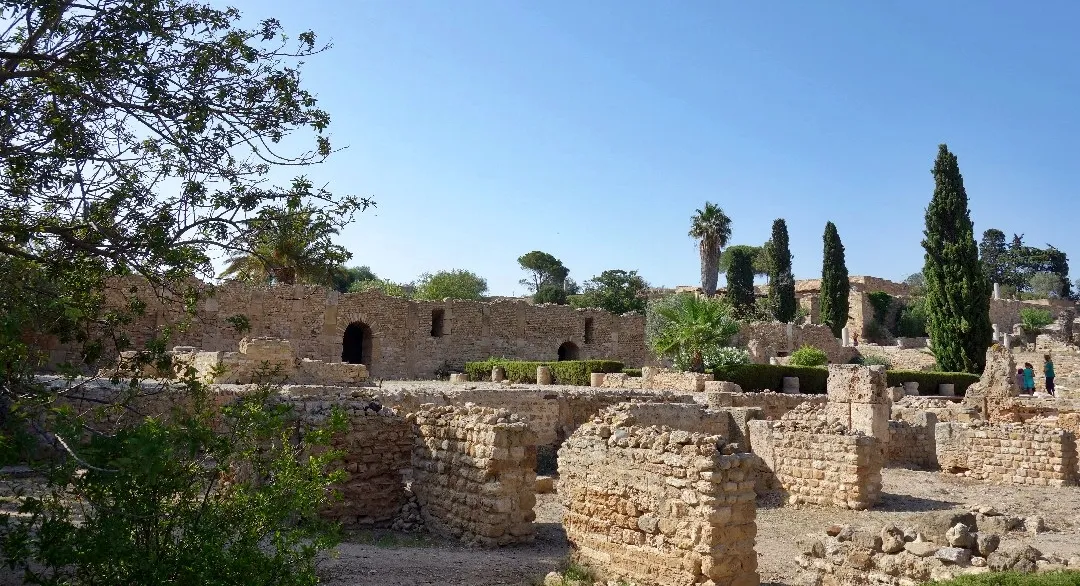
The water system:
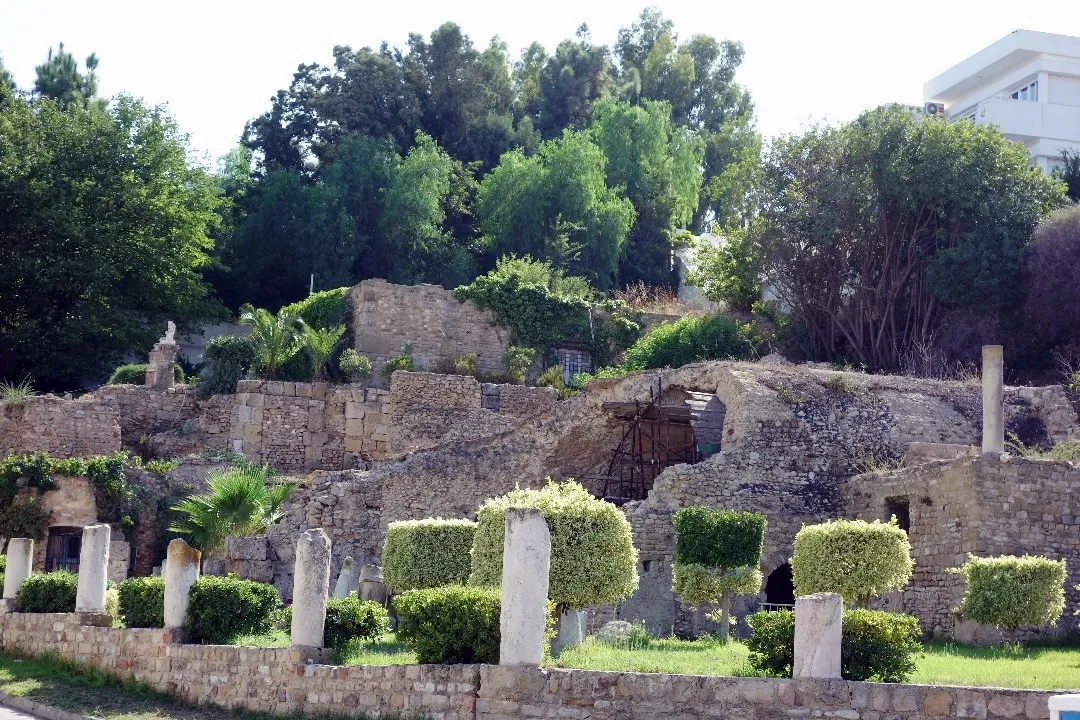
Just in front of it, you can visit the Roman Theater but it has been heavily restored and turned into a venue hall.
The Tophet: This place is a children's cemetery and a place of worship. It was believed that locals, during the Carthage Empire, would sacrifice their firstborn to the Gods by burning them alive, but recent findings show that the children found there were already dead when incinerated which indicate that people would offer the children who died from natural causes to the Gods and not kill them.
